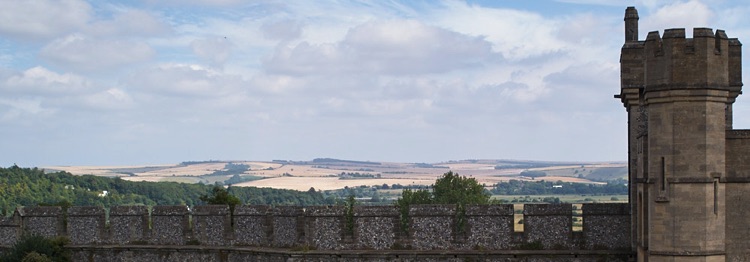1067
Year
The Origin of the Sussex Rapes
Event
After the Norman conquest the county of Sussex was divided into five districts or “rapes”. The rapes were compact districts that divided Sussex north to south from the Weald to the Sussex coast. Each rape had its own castle and was held by a trusted supporter. William granted the rapes to:
Earl Roger de Montgomery (Arundel)
William de Braose (Bramber)
William de Warrene (Lewes)
Robert, Count de Mortain, (Pevensey)
William, Count of Eu (Hastings)
There were initially five rapes, but later in the 13th century, the rape of Arundel was split in two creating an additional rape, the rape of Chichester.
There is some debate as to the origin of the term “rape" in this context. One theory is that it was derived from the Icelandic term Hrepp, a unit of land division or from the Saxon word rap, meaning rope. However, there doesn’t appear to much evidence to show use of either term in Saxon times. For example, the Charters of Selsey record Sussex land transactions from 673 to 988, but none of them mention the term “rape”.
The Normans demonstrated little interest in learning the local language and adoption of a local word appears unlikely. The Normans did have a strong martial culture and felt justified in their punishment of Harold and the English. I feel a more likely theory is that the term rape is derived from the old French “raper”, meaning to seize or take by force and that this term was used in naming the military districts that the Normans established to secure their bridgehead into England.
The Domesday book in 1086, does make reference to rapes in describing land ownership under King Edward. However, this is typically used for the purpose of describing boundary differences between the time of King Edward and date of the Domesday survey. One of the main purposes of Domesday was to identify areas that had been previously overlooked for revenue.

Sussex Timeline


